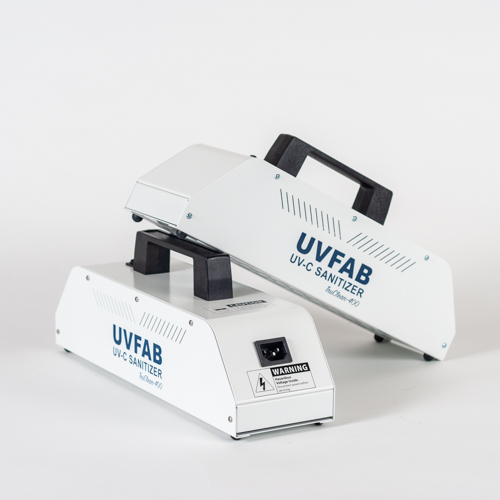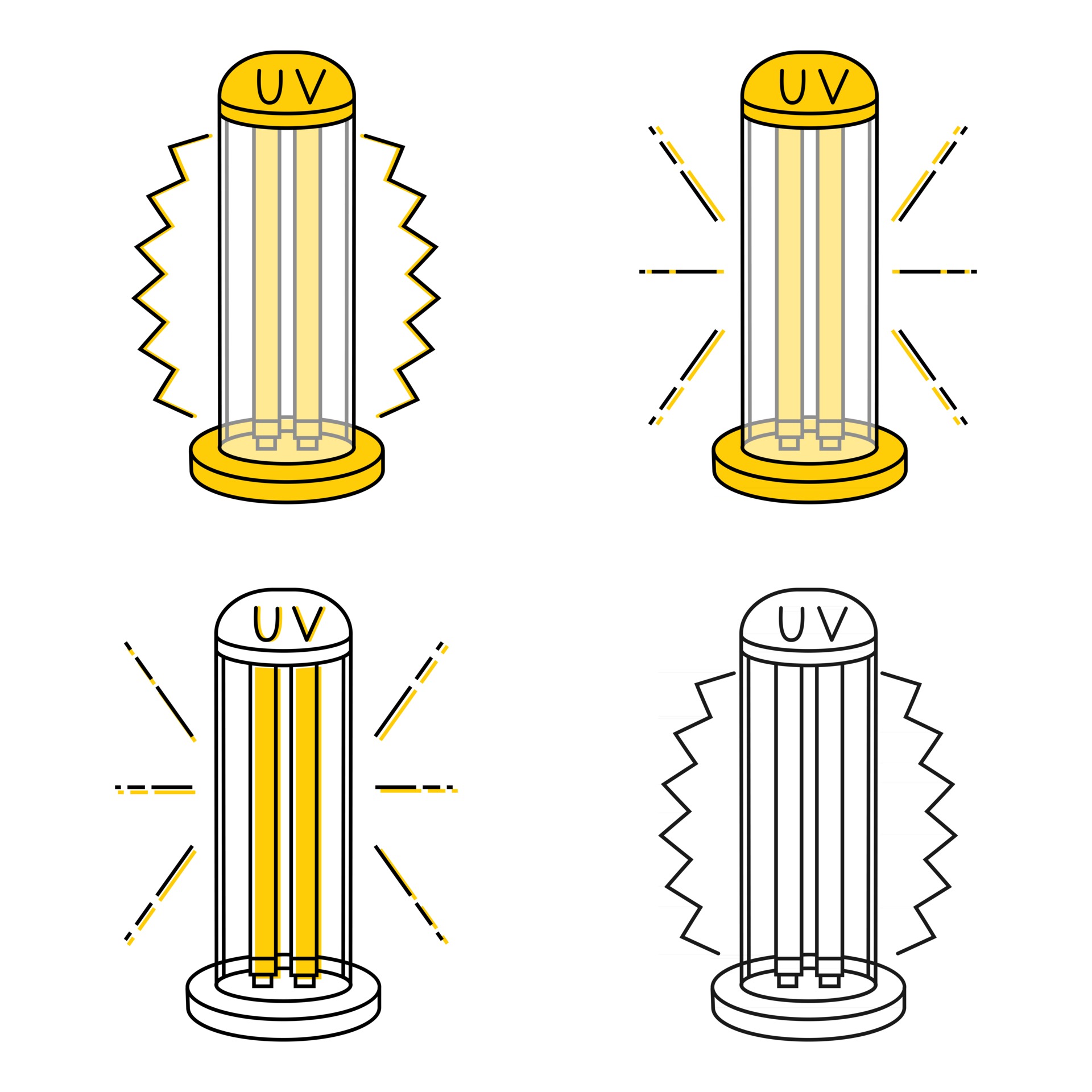Utilizing Far-UVC Innovation for Advanced UV Sanitizers: Your Secret to Healthier Spaces
Utilizing Far-UVC Innovation for Advanced UV Sanitizers: Your Secret to Healthier Spaces
Blog Article
Far UVC Light: A Game-Changer in the Fight Versus Airborne Pathogens
In the ever-evolving battle against air-borne virus, the appearance of far UVC light has triggered considerable rate of interest and possibility. What specifically is much UVC light, and exactly how does it function?
The Scientific Research Behind Far UVC Light
The scientific principles underlying using Far UVC light as a potential service for combating airborne pathogens are both complex and promising. Much UVC light refers to a specific array of ultraviolet (UV) light wavelengths, typically in between 207 and 222 nanometers, which have been found to properly eliminate or suspend microbes such as infections and microorganisms. Unlike standard UVC light, which has a much shorter wavelength and is understood for its germicidal residential or commercial properties but can also harm human skin and eyes, Far UVC light has actually been shown to be secure for human exposure.
The crucial mechanism behind the effectiveness of Far UVC light depend on its ability to penetrate and damage the hereditary product of bacteria, including their DNA and RNA. When subjected to Far UVC light, the genetic material undergoes a process called photodimerization, where adjacent bases in the DNA or RNA molecule bind together, stopping replication and making the microorganism unable to recreate or cause infection.

How Far UVC Light Works
Much UVC light operates by utilizing certain ultraviolet wavelengths to efficiently neutralize microbes and prevent their replication, making it a promising option for combating air-borne microorganisms. Unlike conventional UVC light, which is unsafe to human skin and eyes, far UVC light has much shorter wavelengths, usually in the variety of 207 to 222 nanometers (nm), that do not pass through the external layer of the skin or the tear layer of the eye. This makes it safe for constant human direct exposure, while still being deadly to microorganisms and viruses.
The performance of far UVC light depend on its capacity to permeate and damage the DNA and RNA of microbes. When exposed to much UVC light, the hereditary product of these microorganisms is damaged, making them incapable to duplicate and infect cells. Furthermore, research studies have shown that much UVC light can successfully inactivate air-borne infections, such as flu, measles, and coronaviruses, consisting of SARS-CoV-2, the infection accountable for COVID-19.
Additionally, far UVC light is also with the ability of sanitizing surfaces and things in an encased area. By mounting far UVC light fixtures or utilizing portable much UVC light tools, it is possible to constantly sanitize the air and surfaces, reducing the threat of airborne transmission of microorganisms.
Advantages of Far UVC Light
Utilizing far UVC light offers a series of significant benefits in combating air-borne virus and making certain a safer setting for constant human exposure. Among the crucial advantages of far UVC light is its ability to effectively counteract different kinds of dangerous bacteria, infections, and fungi without triggering harm to people. Unlike conventional UV light, which can be harmful to human skin and eyes, much UVC light has a shorter wavelength that enables it to target and damage pathogens while posturing minimal threat to human health.

Additionally, much UVC light is much more secure for the environment compared to typical disinfection methods. Chemical disinfectants commonly have harmful ingredients that can have unfavorable effect on the setting. Much UVC light, on the various other hand, does not produce any damaging by-products or deposits, making it an extra environmentally friendly and sustainable option.
Applications of Far UVC Light
Among the crucial uses for far UVC light remains in the area of air filtration and disinfection. Far UVC light has shown to be effective in eliminating air-borne virus such like this as fungis, viruses, and bacteria. This innovation functions by discharging a certain wavelength of light that is capable of penetrating the outer layers of microorganisms and harming their DNA, providing them not able and non-active to replicate. Unlike conventional UV light, far UVC light is risk-free for human exposure, making it suitable for continuous usage in public rooms such as medical facilities, schools, and offices.
One more application of much UVC light remains in the healthcare market. It can be made use of to decontaminate health center rooms, operating movie theaters, and clinical tools, reducing the risk of healthcare-associated infections. Furthermore, much UVC light can be incorporated into heating and cooling systems to cleanse the air distributing in structures, giving an included layer of defense against airborne microorganisms.
Furthermore, far UVC light can be utilized in the food industry to avoid foodborne diseases. It can be utilized to sanitize food handling facilities, killing germs and other bacteria that may contaminate food.
Future Ramifications of Far UVC Light
The prospective future applications of much UVC light are substantial and hold promise for numerous sectors and industries. One of the vital locations where much UVC light could have a significant impact is in healthcare settings. Facilities and health centers could use far UVC light to disinfect client rooms, operating cinemas, and waiting locations, decreasing the risk of healthcare-associated infections - far-uvc. This might potentially cause better individual results and decreased healthcare prices.
In addition, using far UVC light in public areas such as airports, train terminals, and shopping center can assist control the spread of air-borne microorganisms. By continually sanitizing these locations, the danger of transmission can be substantially minimized, providing a much safer environment for individuals.
An additional potential application of much UVC light remains in the food market. Much UVC light could be made use of to disinfect cooking surface areas, packaging materials, and storage space areas. This could aid avoid the contamination of food and minimize the occurrence of foodborne diseases.
Furthermore, much UVC light could read this post here be utilized in HVAC systems to disinfect the air distributing in buildings. This might be specifically useful in jampacked spaces such as workplaces, schools, and movie theaters, where the risk of airborne transmission is greater.
Conclusion
In final thought, much UVC light has emerged as a game-changer in the battle versus air-borne microorganisms. From public areas to health care settings, far UVC light offers various advantages in lowering the transmission of diseases.
Much UVC light refers to a details array of ultraviolet (UV) light wavelengths, normally between 207 and 222 nanometers, which have been found to successfully kill or inactivate microorganisms such as germs and infections. far-uvc. Unlike standard UVC light, which has a much shorter wavelength and is known for its germicidal homes yet can also hurt human skin and eyes, Far UVC light has actually been revealed to be secure for human direct exposure
Unlike standard UVC light, which is harmful to human skin and eyes, much UVC light has shorter wavelengths, typically in the variety of 207 to 222 nanometers (nm), Get More Information that do not penetrate the external layer of the skin or the tear layer of the eye. Unlike traditional UV light, which can be unsafe to human skin and eyes, much UVC light has a much shorter wavelength that allows it to target and damage virus while positioning minimal risk to human health.
Unlike traditional UV light, far UVC light is safe for human direct exposure, making it appropriate for continuous use in public spaces such as workplaces, medical facilities, and colleges.
Report this page